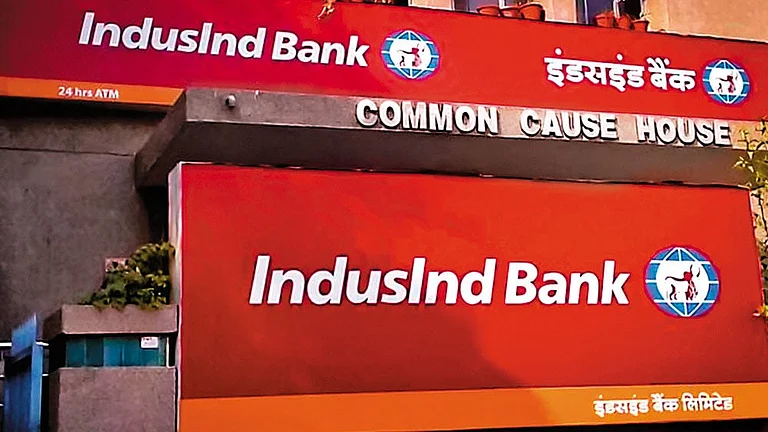Banks have reportedly provided feedback to the finance ministry regarding the Reserve Bank of India's proposed revisions to liquidity ratio. Lenders are concerned about how the updated guidelines might affect their capacity to extend credit.
According to sources cited in a report by the Economic Times, the finance ministry's Department of Financial Services (DFS) recently sought inputs from banks on the draft liquidity coverage ratio (LCR) circular and is expected to discuss the concerns with the apex bank soon.
"Bank have said to the DFS that if the LCR circular were to be implemented with the current increases in run-off factors, there could be a strong impact on lending ability as funds worth around Rs 4-5 lakh crore would have to be kept aside to meet the new LCR requirement," the source said.
In their feedback, the lending institutions pointed out that a phased implementation of the proposed norms would offer them more flexibility given the current credit-deposit scenario, as per the report.
Banks are already facing issues owing to the rising credit-to-deposit ratio. This has even led to a stiff competition among banks as they try to attract customers to increase deposit levels.
What were the proposed changes in LCR by the RBI?
In a draft circular released by the RBI in the July month, banks were supposed to apply an additional 5 per cent run-off factor to retail deposits that have internet and mobile banking (IMB) facilities. Under this proposal, stable retail deposits with IMB access would face a 10 per cent run-off factor, whereas less stable ones would be assigned a 15 per cent run-off factor.
While RBI has set April 1, 2025 as the proposed implementation date, concerns have already started lingering in the banking space.
Run-off factor generally refers to how much of a bank’s deposits might be pulled out during tough times. A higher run-off factor means the bank needs to keep more cash in hand to handle those withdrawals.































